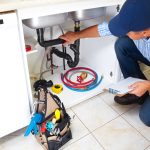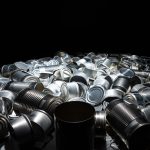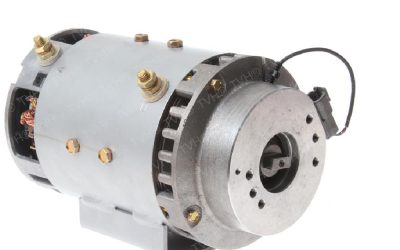To take daily medications, many people push each capsule or pill from a foil line bubble card called a blister pack. These packs get their names because they resemble blisters that the body creates to deal with injury. Bubble packs are important for keeping out contaminants and many kinds of medications attract moisture. This is why they need frequent testing, to make sure they are working properly and there are no design or manufacturing flaws. One of the most common blister leak test procedures is the blue dye test. It can be very effective, but it does have its drawbacks. Let’s check out this process and see.
Years ago, using blue dye testing was one of the easiest and most cost-effective ways to test medications and supplement packaging for leaks. It works by pressurizing a chamber and introducing dye. If the dye enters the packaging, you know you have a leak. However, this can be a problem today and here is why.
New medications like hormone and steroid drugs are very sensitive to contamination from the environment. In fact, they can rapidly deteriorate and lose their effectiveness. Because these products are highly sensitive to oxygen and moisture, it’s important to use blister leak test equipment that can detect leaks on a microscopic level. Unfortunately, blue dye methods are not that sensitive, and they could miss tiny leaks.
More Problems with Dye
Most blue dye is not as small as the tiniest of leaks in blister packs. This means it should not be used to detect these leaks. Also, because dye methods are not very accurate, it’s possible to get false results if the tester removes the pack too quickly from the testing chamber.
The Solution
Sensitive equipment using vacuum or pressure decay methods can detect very small leaks. In fact, some are specifically made for blister leak test applications.






